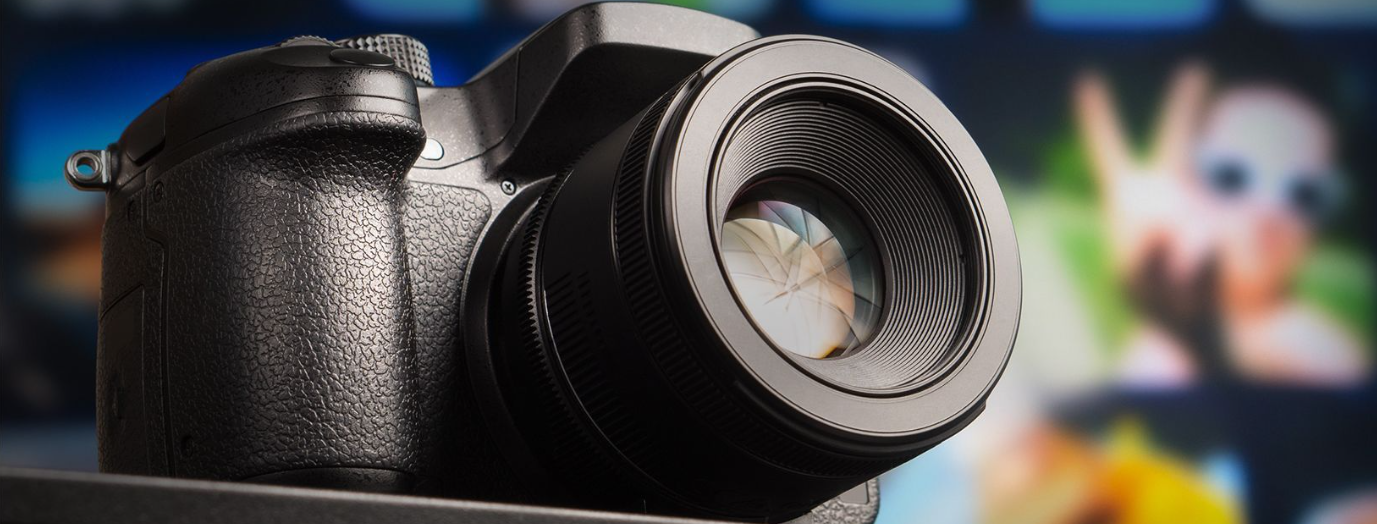
High TLCI LED Lighting
What is TLCI?

Considering television lighting must have a minimum quality standard in order to satisfy the audience, the international exchange of programs and the archive, TLCI (The Television Lighting Consistency Index ) was developed by the EBU (European Broadcasting Union) Technical Committee in November 2012 in order to give technical aid to broadcasters who intend to assess new lighting equipment or to re-assess the colorimetric quality of lighting in their television production environment.
Knowing its performance limitations in advance can help in the choice of luminaire, identifying the potential extra cost of color correction in post-production as against the cost saving in power consumption of high-efficiency luminaires. Rather than assess the performance of a luminaire directly, as is done in the Color Rendering Index, the TLCI mimics a complete television camera and display, using only those specific features of cameras and displays which affect color performance. The TLCI is realized in practice using software rather than real television hardware. The only hardware that is required is a spectroradiometer to measure the spectral power distribution of the test luminaire, and a computer on which to run the software analysis program to perform the calculations. This mathematical calculation implemented software is the “TLCI-2012” which is specified in EBU Tech 3355 and available from the EBU as ‘TLCI-2012.zip’.
Five levels of TLCI
The Television Lighting Consistency Index averages 24 colors from the Macbeth ColorChecker chart: Dark Skin, Light Skin, Blue Sky, Foliage, Blue Flower, Bluish Green, Orange, Purplish Blue, Moderate Red, Purple, Yellow Green, Orange Yellow, Blue, Green, Red, Yellow, Magenta, Cyan, White, Neutral 8, Neutral 6.5, Neutral 5, Neutral 3.5, Black.
The maximum value is 100, with 100 being the best

The TLCI values are more spread out into 5 levels
High TLCI vs high CRI

The TLCI metric (Television Lighting Consistency Index) was developed as an alternative to address the shortcomings of the commonly used CRI when used with photography equipment. Because the way cameras interpret light is slightly different to how humans perceive it, the TLCI attempts to provide a more accurate prediction of color fidelity of a light source for broadcast use.CRI tells us about how a light source renders colors based on human perception. CRI, however, does not necessarily paint a complete picture about how the light source might render colors on camera or on film. Thus, a light source with a high CRI is not necessarily a light source fit for use in film and photography. To this end, the TLCI (Television Lighting Consistency Index) was developed. The metric is analogous to CRI in that a high TLCI metric tells us that a light source will render colors well in a film or photography context.


Leave a comment